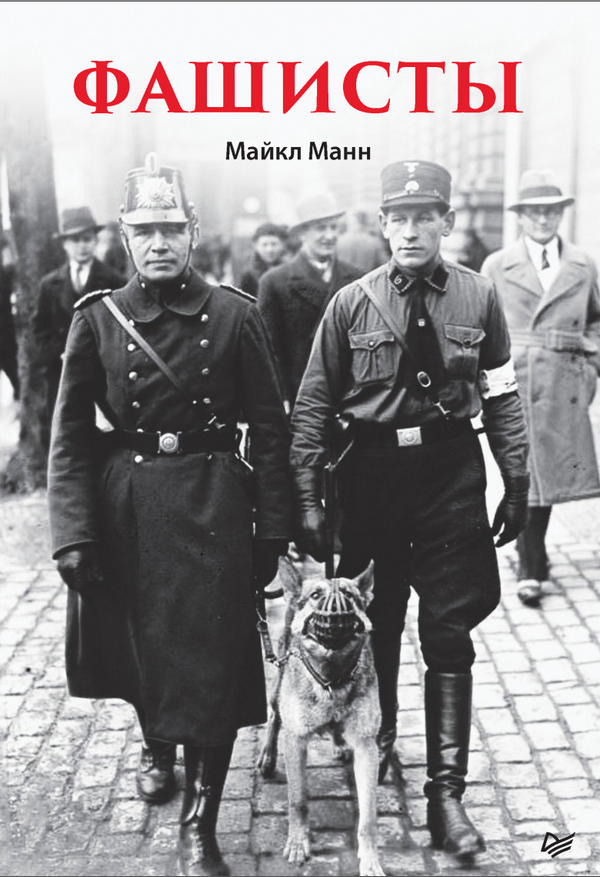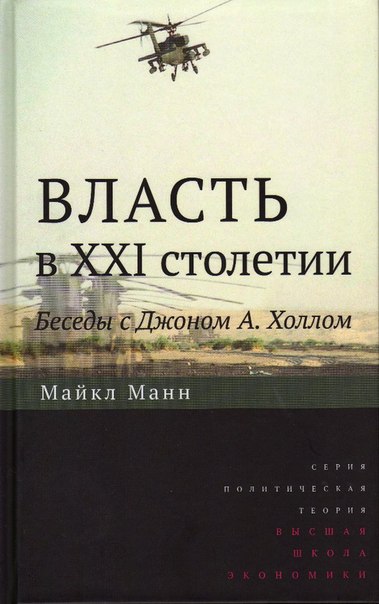electoral geography of the Nazi landslide.” In Larsen et al. (eds.), Who Were the Fascists?
Passerini, L. 1987. Fascism in Popular Memory: The Cultural Experience of the Turin Working Class. Cambridge: Cambridge University Press.
Patton, C. 1994. “The myth of moderation: German chemical employer responses to labour conflict, 1914-24.” European History Quarterly 24.
Pauley, B. 1980. “Nazis and Heimwehr Fascists: The struggle for supremacy in Austria, 1918–1938.” In Larsen et al. (eds.), Who Were the Fascists?
_____. 1981. Hitler and the Forgotten Nazis. Chapel Hill: University of North Carolina Press.
_____. 1987. “Political antisemitism in interwar Vienna.” In Oxaal et al. (eds.), Jews, Antisemitism and Culture.
_____. 1989. “The Austrian Nazi Party before 1938: Some recent revelations.” In Parkinson (ed.), Conquering the Past.
Paxton, R. 1994. “Radicals.” New York Review of Books, June 23.
_____. 1996. “The uses of fascism.” New York Review of Books, November 28.
_____. 1998. “The five stages of fascism.” Journal of Modern History 70.
Payne, S. 1962. Falange: A History of Spanish Fascism. London: Oxford University Press.
_____. 1970. The Spanish Revolution. New York: Norton.
_____. 1980a. Fascism: Comparison and Definition. Madison: University of Wisconsin Press.
_____. 1980b. “Social Composition and Regional Strength of the Spanish Falange.” In S. V. Larsen et al. (eds.), Who Were the Fascists? Social Roots of European Fascism. Bergen: Universitetsforlaget.
_____. 1993. Spain’s First Democracy: The Second Republic, 1931–1936. Madison: University of Wisconsin Press.
_____. 1995. A History of Fascism, 1914–1945. Madison: University of Wisconsin Press.
Peirats, J. 1971. La CNTen la revolution espanola, 2nd ed., 3 vols. Paris: Ediciones CNT.
Perez Diaz, V. 1991. Structure and Change of Castilian Peasant Communities. New York: Garland.
_____. 1993. The Return of Civil Society. Cambridge, Mass.: Harvard University Press.
Petersen, J. 1975. “Elettorato e base sociale del fascismo Italiano negli anni venti.” Studi Storici, anno 16.
_____. 1982. “Violence in Italian fascism, 1919-25.” In Mommsen and Hirschfeld (eds.), Social Protest, Violence and Terror.
Peterson, L. 1983. “A social analysis of KPD supporters: The Hamburg insurrectionaries of October 1923.” International Review of Social History 28.
Peukert, D. 1989. Inside Nazi Germany: Conformity, Opposition, and Racism in Everyday Life. Trans. R. Deveson. London: Penguin.
Polonsky, A. 1975. The Little Dictators: The History of Eastern Europe since 1918. London: Routledge.
Prayer, M. 1991. “Italian fascist regime and nationalist India 1921–1945.” International Studies 28.
Preston, P. 1978. The Coming of the Spanish Civil War: Reform, Reaction and Revolution in the Second Republic. London: Routledge.
_____. 1986. Las derechas españolas en elsigloXX: Autoritismo fascismo y golpismo. Madrid: Sustema.
_____. 1990. The Politics of Revenge. London: Unwin Hyman.
_____. 1995. Franco: A Biography. London: Fontana.
Preston, P., ed. 1984. Revolution and War in Spain, 1931–1939. London: Methuen.
Preti, L. 1968. “Fascist imperialism and racism.” In R. Sarti (ed.), The Ax Within: Italian Fascism in Action. New York: New Viewpoints.
Preziosi, A. M. 1980. Borghesia e fascismo in Friuli negli anni 1920–1922. Roma: Bonacci.
Pridham, G. 1973. Hitler’s Rise to Power: The Nazi Movement in Bavaria, 1929-33.
London: Hart-Davies, McGibbon.
Poulantzas, N. 1974. Fascism and Dictatorship. London: New Left Books.
Pulzer, P. 1993. “The tradition of Austrian Antisemitism in the nineteenth and twentieth centuries.” Patterns of Prejudice 27.
Rabinbach, A. (ed.). 1985. The Austrian Socialist Experiment: Social Democracy and Austromarxism, 1918–1934. Boulder, Colo.: Westview.
Ramírez Jiménez, M. 1969. Los grupos de presión en la segunda república espanola.
Madrid: Technos.
Ránki, G. 1971. “The Problem of Fascism in Hungary.” In Sugar (ed.), Native Fascism.
_____. 1980. “The fascist vote in Budapest in 1939.” In Larsen et al., (eds.), Who Were the Fascists?
Rath. J, and C. Schum. 1980. “The Dollfuss-Schusnigg Regime: Fascist or Authoritarian?” In Larsen et al. (eds.), Who Were the Fascists?
Reichardt, S. 2002. Faschistische Kampjbünde. Köln: Böhlau Verlag.
Renton, D. 2000. Fascism: Theory and Practice. London: Pluto.
Revelli, M. 1987. “Italy.” In D. Mühlberger (ed.), The Social Basis ofEuropean Fascist Movements. London: CroomHelm.
Rial, J. 1986. Revolution from Above: The Primo de Rivera Dictatorship in Spain, 1923–1930. Fairfax, Va.: George Mason University Press.
Riley, D. 2002. “Hegemony and domination: civil society and regime variation in inter-war Europe.” Ph.D. dissertation, University of California at Los Angeles.
Roberts, D. 1980. “Petty bourgeois Fascism in Italy: Form and content.” In Larsen et al. (eds.), Who Were the Fascists?
Robinson, R. 1970. The Origins of Franco’s Spain: The Right, the Republic and Revolution, 1931–1936. Newton Abbot: David & Charles.
Rogowski, R. 1977. “The Gauleiter and the social origins of Fascism.” Comparative Studies in Society and History 19.
Rokkan, S. 1970. Citizens, Elections, Parties: Approaches to the Comparative Study of the Process of Development. Oslo: Scandinavian University Books.
Ronnas, P. 1984. Urbanization in Romania. Stockholm: Economic Research Institute, Stockholm School of Economics.
Rosenhaft, E. 1982. “The KPD in the Weimar Republic and the problem of terror during the ‘Third Period,’ 1929-33.” In Mommsen and Hirschfeld (eds.), Social Protest, Violence and Terror.
_____. 1983. Beating the Fascists? The German Communists and Political Violence 1929-33. Cambridge: Cambridge University Press.
_____. 1987. “The unemployed in the neighbourhood: Social dislocation and political mobilisation in Germany 1929–1933.” In R. Evans and D. Geary (eds.), The German Unemployed: Experiences and Consequences of Mass Unemployment from the Weimar Republic to the Third Reich. London: CroomHelm.
Rothschild, J. 1974. East Central Europe between the Two World Wars. Seattle: University of Washington Press.
Roy, O. 1994. The Failure of Political Islam. Cambridge, Mass.: Harvard University Press.
Rueschemeyer, D., E. Stephens, and J. Stephens 1992. Capitalist Development and Democracy. Chicago: University of Chicago Press.
Ságvári, A. 1997. “Did they do it under orders?” In R. Braham and A Pók (eds.), The Holocaust in Hungary: Fifty Years Later. New York: Columbia University Press.
Sakmyster, T. 1994. Hungary’s Admiral on Horseback: Miklos Horthy 1918–1944. Boulder, Colo.: Colombia University Press.
Saladino, S. 1966. “Italy.” In H. Rogger and E.Weber (eds.), The European Right: A Historical Profile. Berkeley: University of California Press.
Salvatorelli, L. 1923. Nazional-fascismo. Turin: Gobetti.
Salvemini, G. 1973. The Origins of Fascism in Italy. New York: Harper & Row.
Santacreu Soler,





